Key Features of Acoustic Guitar Digital Equalizers:
- Frequency Control:
- Bass, Mid, and Treble: Most acoustic guitar digital equalizers allow for three-band equalization, which includes bass (low-end frequencies), mid (middle frequencies), and treble (high-end frequencies). These controls allow you to adjust the warmth, clarity, and brightness of the guitar’s sound.
- Parametric EQ: Some higher-end models may include a parametric EQ, which allows for more precise control over the frequency bands, letting you boost or cut specific frequency ranges.
- Notch Filter:
- A notch filter is a common feature in acoustic guitar equalizers to help eliminate feedback when performing live. It targets and cuts specific problematic frequencies that tend to cause feedback during amplification.
- Tuner Integration:
- Many digital equalizers also come with a built-in digital tuner, which allows the player to tune their guitar without needing a separate tuning device.
- Phase Switch:
- Some equalizers have a phase switch that helps reduce phase cancellation and feedback, especially when performing with stage monitors or amplification.
- Digital Effects:
- Advanced digital equalizers may also include effects like reverb, chorus, or delay, allowing players to add depth and texture to their sound without needing external pedals or effects units.
- Preamp and Gain Control:
- Most acoustic guitar digital equalizers include a preamp to boost the signal of the guitar’s pickup before it reaches an amplifier or PA system. The gain control allows the player to adjust the volume of the preamp, ensuring proper signal strength without distortion.
- Battery-Powered:
- Since these equalizers are often built into the guitar, they are usually battery-powered (commonly 9V batteries), which allows them to operate without needing external power.
Types of Acoustic Guitar Equalizers:
- Built-In EQ on Acoustic-Electric Guitars:
- Many acoustic-electric guitars come with a built-in equalizer as part of the onboard preamp system. Brands like Fishman, LR Baggs, and Shadow are known for producing high-quality built-in EQ systems.
- External Digital Equalizers/Preamp Pedals:
- Some players prefer using external digital equalizers, which come in the form of preamp pedals that connect between the guitar and an amplifier or PA system. These allow for more flexibility and additional features like digital effects and multiple EQ bands.
Common Controls:
- Bass Control: Adjusts low-end frequencies to make the guitar sound fuller or tighter.
- Mid Control: Adjusts mid-range frequencies, impacting the body and definition of the guitar’s tone.
- Treble Control: Controls high frequencies, affecting brightness and clarity.
- Notch Control: Adjusts or cuts specific frequencies to eliminate feedback.
- Volume Control: Allows you to set the output level of the guitar.
Popular Brands for Digital Acoustic Guitar Equalizers:
- Fishman: Known for producing high-quality pickups and EQ systems, used in many acoustic-electric guitars.
- LR Baggs: Offers both built-in and external equalizer/preamp solutions, with an emphasis on natural sound reproduction.
- Shadow Electronics: Known for their compact digital EQ systems with built-in tuners.
- BOSS: Popular for their external preamp and EQ pedals like the BOSS AD-10, which also includes effects.
Use Cases:
- Live Performances: Digital equalizers help shape the guitar’s tone and prevent feedback when connected to amplification systems.
- Studio Recording: Allows for fine-tuning the guitar’s tone before it is recorded, ensuring clarity and tonal balance.
- Practice Sessions: Built-in tuners and volume control make practice sessions more convenient, especially when plugged into an amplifier.

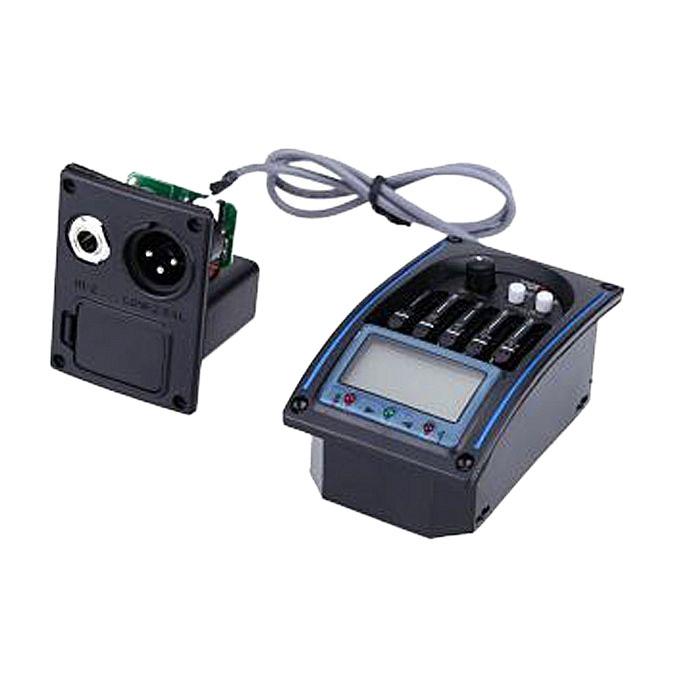
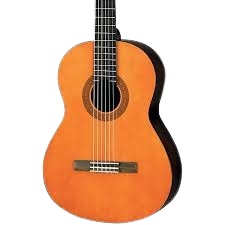
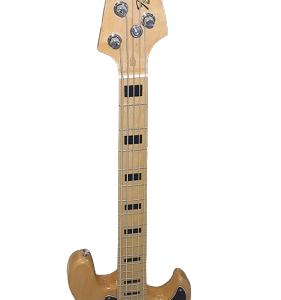
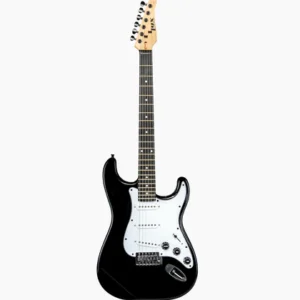
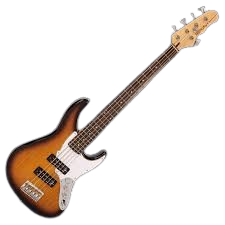
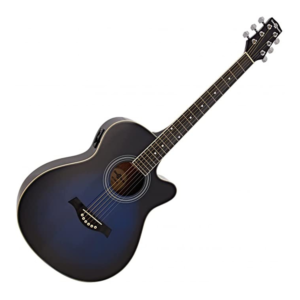
There are no reviews yet.